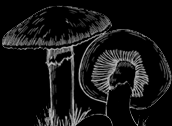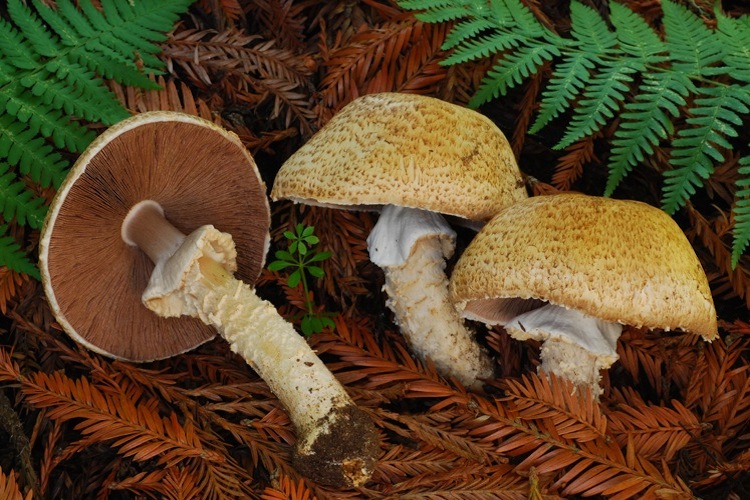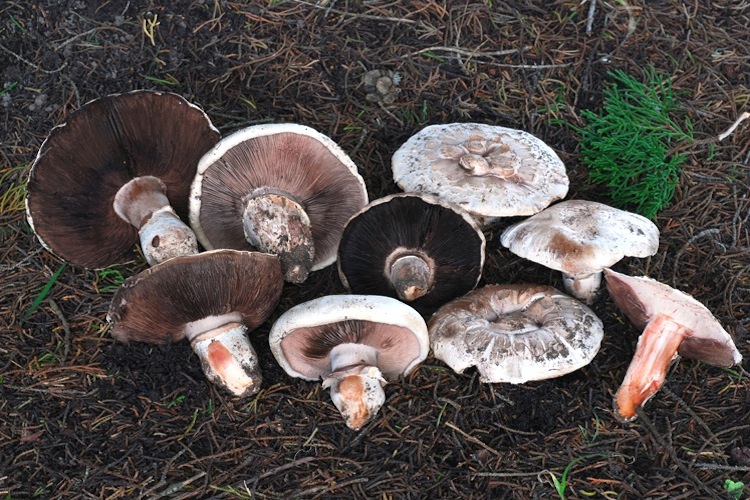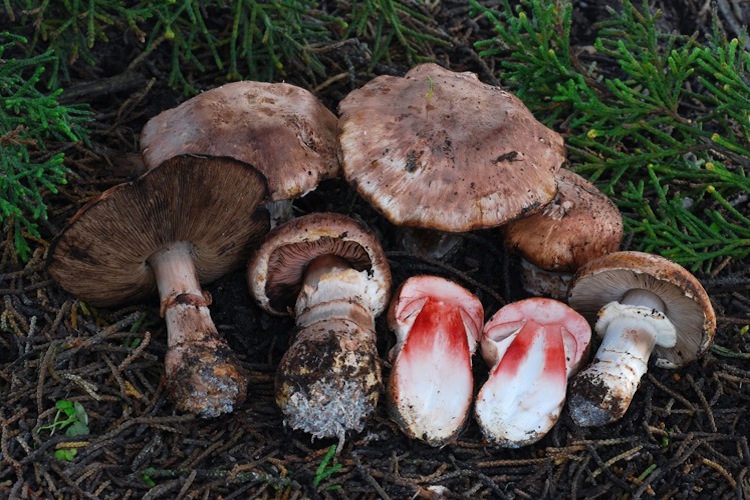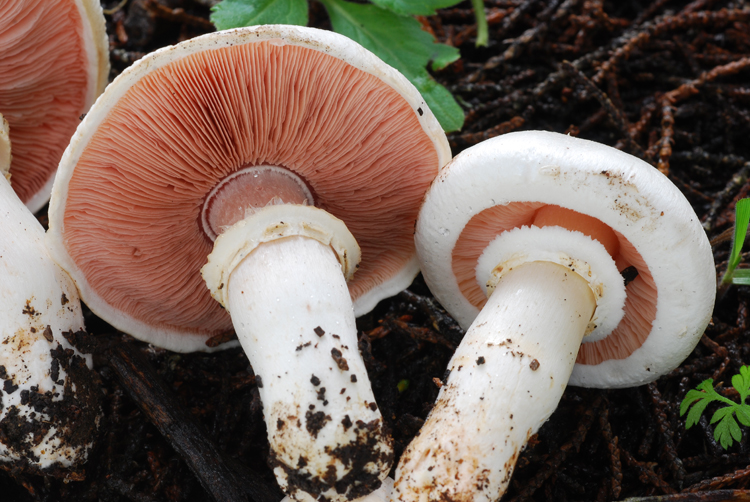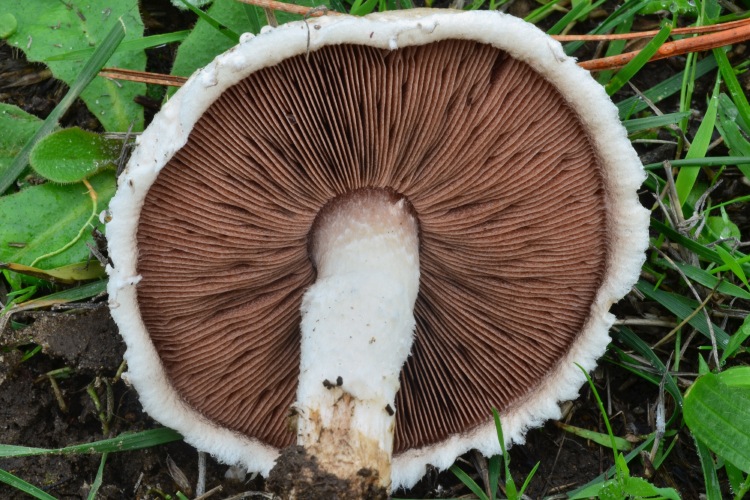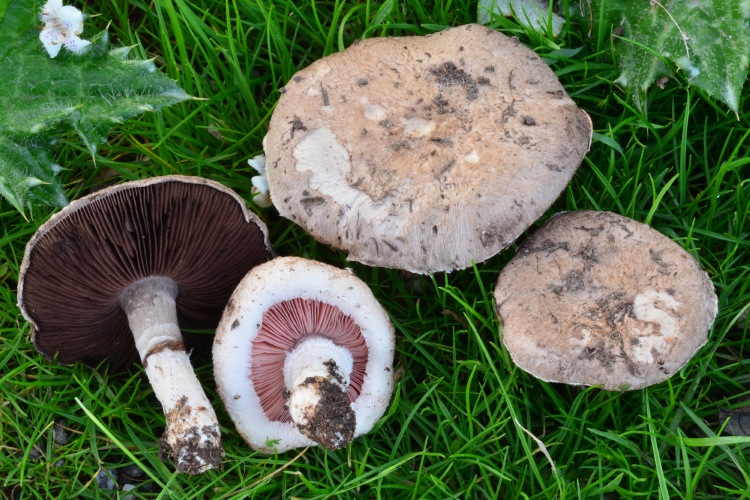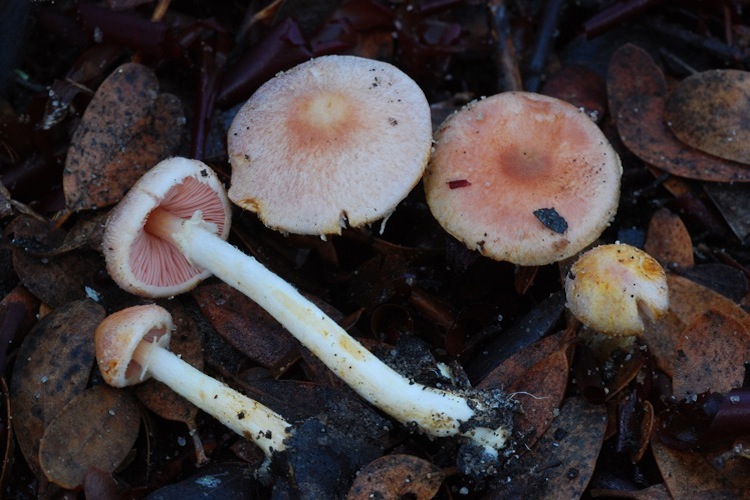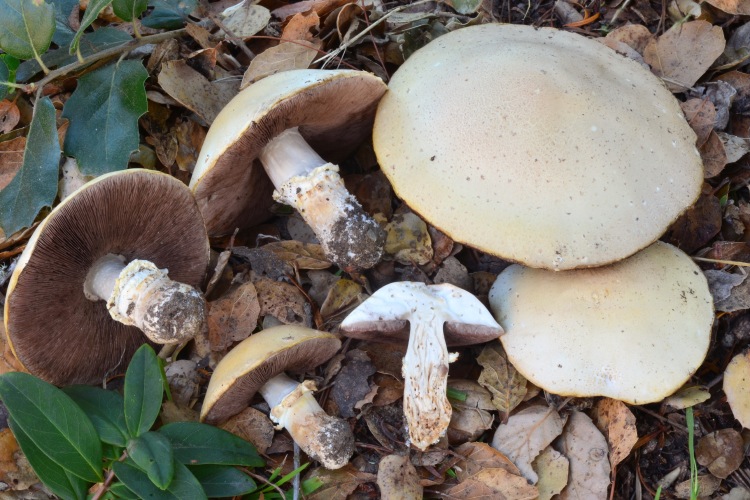Genus: Agaricus
Known Species in the County
- Agaricus "brunneofibrillosus" – Bleeding Brown Agaricus
- Agaricus "deardorffensis" – California Flat-Top Agaricus
- Agaricus "incultorum" – Brown meadow Mushroom
- Agaricus 'Tawny Gold'
- Agaricus albolutescens – Amber-staining Agaricus
- Agaricus arorae – Arora's Agaricus
- Agaricus arvensis – The Horse Mushroom
- Agaricus augustus – The Prince
- Agaricus benesii – Bleeding White Agaricus
- Agaricus bernardii – Salt-Loving Agaricus
- Agaricus berryessae
- Agaricus bisporus – Button Mushroom
- Agaricus bitorquis – Torks
- Agaricus californicus – California Agaricus
- Agaricus campestris – Meadow Mushroom
- Agaricus diminutivus – Diminutive Agaricus
- Agaricus fissuratus
- Agaricus fuscovelatus – Purple-veiled Agaricus
- Agaricus hondensis – Felt-ringed Agaricus
- Agaricus lilaceps – Giant Cypress Agaricus
- Agaricus micromegathus – Anise Meadow Mushroom
- Agaricus osecanus – Giant Horse Mushroom
- Agaricus pattersoniae – Patterson's Agaricus
- Agaricus perobscurus – The Princess
- Agaricus semotus
- Agaricus subrutilescens – Wine-Colored Agaricus
- Agaricus summensis
- Agaricus xanthodermus – Yellow Stainer
Approximately 28 species in Santa Cruz County.
Agaricus Records from Santa Cruz County:
Agaricus is a large and cosmopolitan genus, especially diverse in mediterranean and subtropical habitats around the world. With the exception of gastroid, sequestrate, and hypogeous species, members of the genus are easily recognized by their free gills, dark brown spores, and partial veil. All known species are saprobic, occurring in a wide variety of habitats, from urban and disturbed areas to deserts, alpine ecosystems, and deep forests. A handful of species are commercially cultivated and economically important.
The genus is probably more diverse in California than any other state in the Nation. Many of the Californian members of this genus show strong habitat preferences, with particularly distinct and interesting assemblages associated with Monterey Cypress and Coast Redwood. Probably somewhere near 100 species occur in California, but many remain undescribed.
Important identification characters include overall coloration, structure of the partial veil, texture of the surfaces, odor, as well as staining reactions when cut and in KOH.
